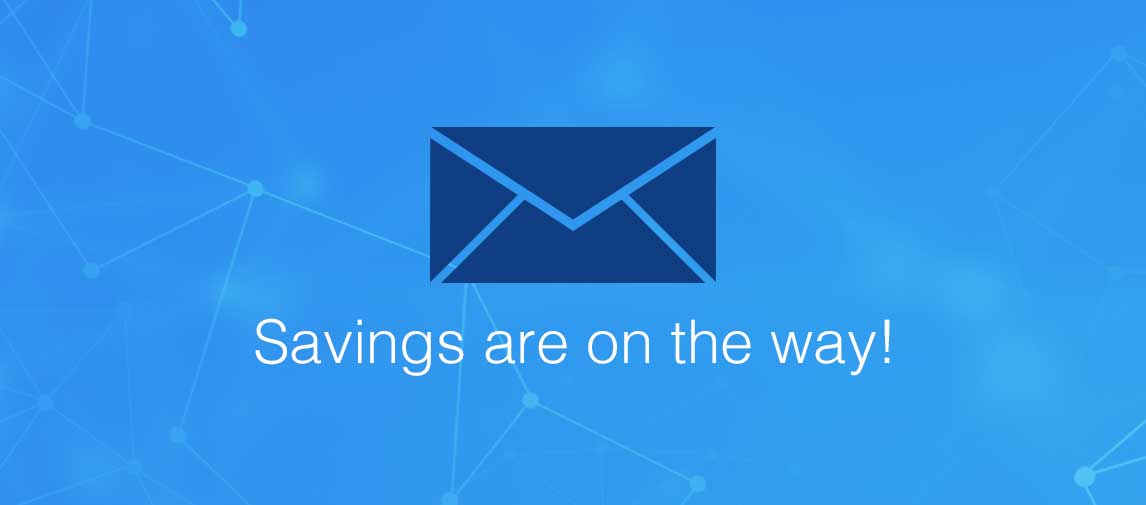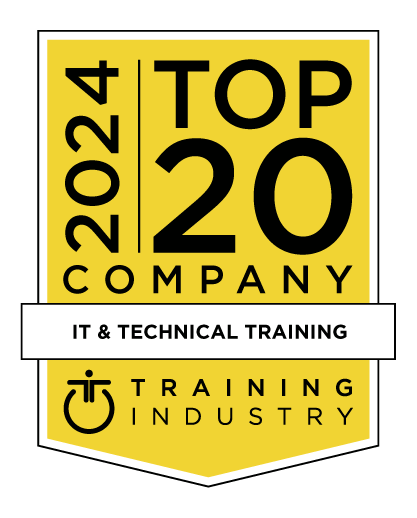title
Please take a moment to fill out this form. We will get back to you as soon as possible.
All fields marked with an asterisk (*) are mandatory.
SAS 1: Introduction to the SAS System
Course Description
Overview
This course is designed to teach students how to use the SAS System to read non-SAS files as well as how to manipulate and summarize SAS data. After learning these skills, students then learn how to generate several different kinds of reports. The course is mostly lecture with some time for exercises, demonstrations, and working on problems students bring to class. After the course is completed, students can work through the exercises at their own pace.Objectives
- Utilize many of the strengths of the SAS System
- Write more efficient programs
- Use the SAS system to read non SAS files
- Manipulate data for most any kind of report
- Summarize data to make it more manageable
- Generate numerous kinds of reports
Audience
- Students who are new to the SAS system
- Students who have been using the SAS system for a few years (but want to fill the ‘gaps’ in their SAS knowledge)
Topics
- Features and basic concepts
- The SAS environment
- Running SAS interactively
- Program flow
- Syntax rules
- SAS files
- Structure of a SAS dataset
- In depth look at DATA step
- Basic statements (compiling and executing)
- SAS date values
- Step by step approach to submitting programs
- Handling errors at compile and execution time
- How the SAS system accesses non-SAS data
- Introduction to the PROC step-processing the dataset
- Generating list reports
- Sorting the dataset
- In depth look at PROC PRINT and PROC SORT
- A Quick look at storing SAS data sets permanently
- Creating new variables
- SAS functions
- Using If-Then logic
- Using DO groups
- Reading SAS datasets
- Controlling the content (rows and columns) of the SAS dataset
- Descriptive statistics (min, max, mean, n, sum, kurtosis, standard deviation, t, corrected sum of squares, uncorrected sum of the squares, covariance, frequency counts, median, quartiles, percentiles
- An in depth look into the MEAN/SUMMARY procedures
- A quick overview to the UNIVARIATE procedure
- Using the SET statement
- Using the MERGE statement
- Using the UPDATE statement
- What is a report
- Types of reports generated with SAS
- Report writing options
- An in depth look at the PRINT procedure
- Utility procedures for enhancing reports
- Writing reports with the DATA step
- An introduction to summarizing data
- Summary procedures
- Using the FREQ procedure
- Generating reports with the REPORT procedure
- A Quick look at ODS
Related Courses
-
Fundamentals of JavaScript
WDJS-225- Duration: 3 Days
- Delivery Format: Classroom Training, Online Training
- Price: 1,755.00 USD
-
Green Belt Light
SIXS-105- Duration: 3 Days
- Delivery Format: Classroom Training
- Price: 2,100.00 USD
Self-Paced Training Info
Learn at your own pace with anytime, anywhere training
- Same in-demand topics as instructor-led public and private classes.
- Standalone learning or supplemental reinforcement.
- e-Learning content varies by course and technology.
- View the Self-Paced version of this outline and what is included in the SPVC course.
- Learn more about e-Learning
Course Added To Shopping Cart
bla
bla
bla
bla
bla
bla
Self-Paced Training Terms & Conditions
Exam Terms & Conditions
Sorry, there are no classes that meet your criteria.
Please contact us to schedule a class.

STOP! Before You Leave
Save 0% on this course!
Take advantage of our online-only offer & save 0% on any course !
Promo Code skip0 will be applied to your registration
Purchase Information
title
Please take a moment to fill out this form. We will get back to you as soon as possible.
All fields marked with an asterisk (*) are mandatory.










